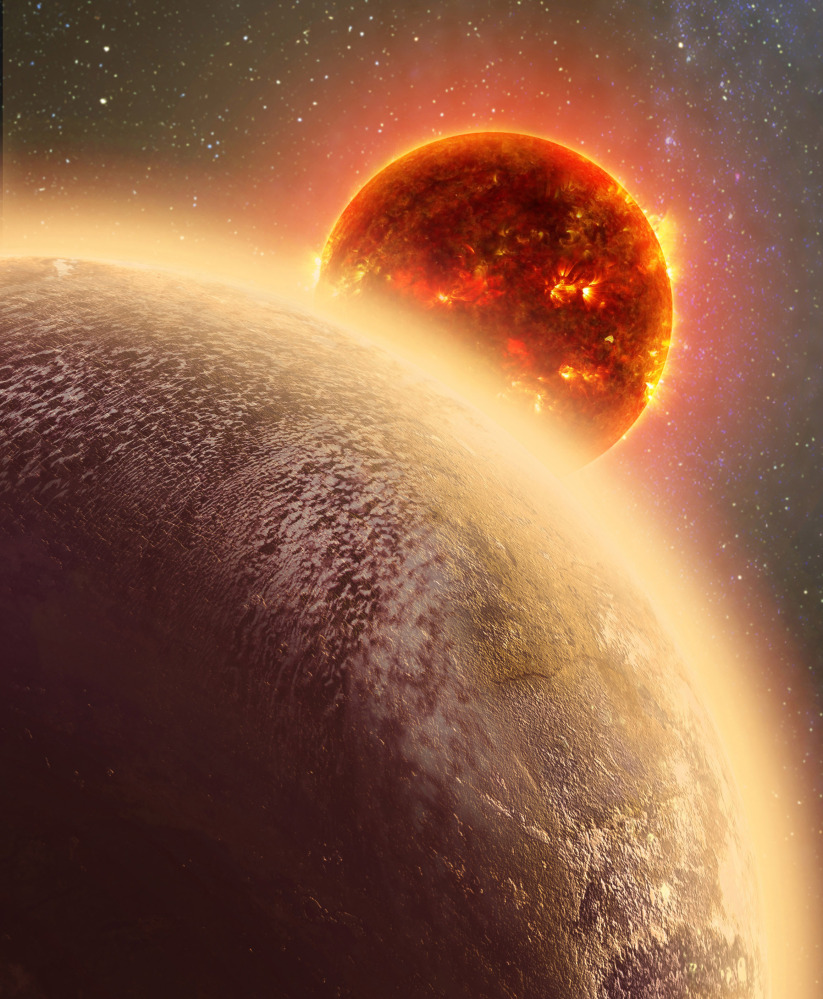CAPE CANAVERAL, Fla. — There’s a new rocky Earth-size planet on our galactic block, and it’s a sizzler.
Astrophysicists on Wednesday revealed the newfound world, GJ 1132b, named after the small star it orbits.
Even though the mercury can hit 450 degrees at this planet, it’s cool enough to have a thick Venus-like atmosphere. Lucky for scientists, it’s close enough to find out.
Planet GJ 1132b is just 39 light-years away – about 230 trillion miles – within the atmospheric study range of the Hubble Space Telescope.
A team led by Massachusetts Institute of Technology’s Zachory Berta-Thompson discovered the planet in May, using telescopes in Chile. He and his colleagues reported their findings Wednesday in the journal Nature.
While the scientists say the planet is too hot for life, it’s still much cooler than the rocky fireballs known to orbit stars beyond our solar system.
“If we find this pretty hot planet has managed to hang onto its atmosphere over the billions of years it’s been around, that bodes well for the long-term goal of studying cooler planets that could have life,” Berta-Thompson said.
Berta-Thompson and the others estimate that GJ 1132b has a diameter of 9,200 miles, slightly bigger than Earth. But its mass is thought to be 60 percent greater than Earth’s.
Its home star – GJ 1132 – is a red dwarf one-fifth the size of our sun. The planet circles every 1.6 days from just 1.4 million miles out, thus the heat wave. A slight dip in the starlight every 1.6 days was the giveaway for the observing team.
“Our ultimate goal is to find a twin Earth,” said astronomer David Charbonneau of the Harvard-Smithsonian Center for Astrophysics, one of the authors, “but along the way we’ve found a twin Venus.”
Send questions/comments to the editors.



Success. Please wait for the page to reload. If the page does not reload within 5 seconds, please refresh the page.
Enter your email and password to access comments.
Hi, to comment on stories you must . This profile is in addition to your subscription and website login.
Already have a commenting profile? .
Invalid username/password.
Please check your email to confirm and complete your registration.
Only subscribers are eligible to post comments. Please subscribe or login first for digital access. Here’s why.
Use the form below to reset your password. When you've submitted your account email, we will send an email with a reset code.